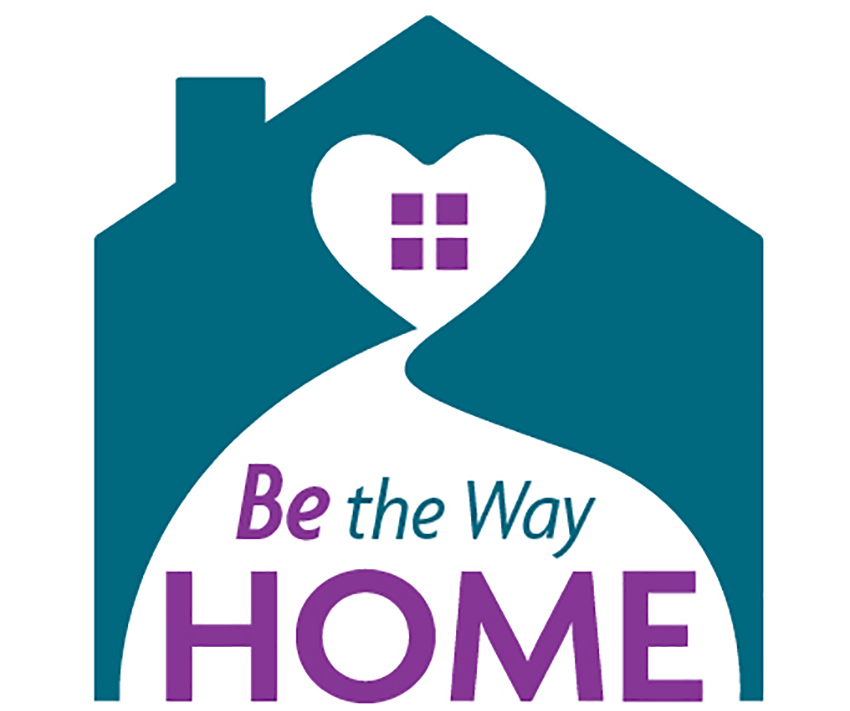There may be times when you need to correct the behavior of the child or youth in your care. It can feel challenging to know how to discipline them in a safe and effective way. Follow these rules to ensure a healthy approach to discipline.
Appropriate forms of discipline
When disciplining a child or youth, keep their age and level of development in mind. Discipline should be appropriate for their age and level of development.
You can ask for training on how to use positive methods of guidance to encourage the child or youth to develop self-control, self-responsibility, self-direction, self-esteem, and cooperation.
When using positive methods of guidance, you may want to:
- Direct the child or youth to another activity.
- Practice “time-ins,” giving the child or youth time to change their behavior.
- Plan to prevent problems.
- Reinforce positive behaviors.
- Encourage the child or youth to express their feelings and ideas.
- Give the child or youth choices.
Inappropriate forms of discipline
Do not use physical punishment, verbal abuse, or neglectful, humiliating, degrading, or frightening punishment.
This means:
- Do not hit the child or youth.
- Do not spank them.
- Do not restrict their breathing.
- Do not punish them by forcing them to exercise or physically exert themselves.
- Do not call them names.
- Do not use demeaning language towards them (e.g. do not call them stupid or dumb).
- Do not threaten or intimidate them.
- Do not trap or restrict them in any space. For example, do not lock them in a bedroom, basement, closet, or shed, or remove a doorknob so they cannot get out.
- Do not withhold food, water, or other basic needs.
- Do not interfere with their cultural needs. For example, do not cut an Indian child's or youth's hair, or take a religious or cultural item or event away from them.
- Do not limit or cut off their family connections. For example, don’t take away meaningful items, gifts from their parents, or time spent with their family.
Physical restraint
Physically restraining a child or youth is not an appropriate response in most situations.
The only time it may be acceptable to physically restrain them is if the child or youth, another person, or an animal is in immediate danger, or to prevent serious property damage.
If you have to physically restrain the child or youth, you must do it in a way that’s appropriate for the situation. Report the incident to the caseworker within 24 hours of the incident, preferably as soon as possible.
If you have to physically restrain the child or youth multiple times, talk to their caseworker and develop a plan for how to handle these situations.
You may need to complete training about how and when to use safe physical restraint that’s based on the specific needs of the child or youth.
Related content
Read the regulations
For more information read the Washington Administrative Codes (WACs) related to these topics:
- WAC 110-149-0140: Additional requirements for Indian children
- WAC 110-149-0270: Discipline
- WAC 110-149-0280: Physical restraint

